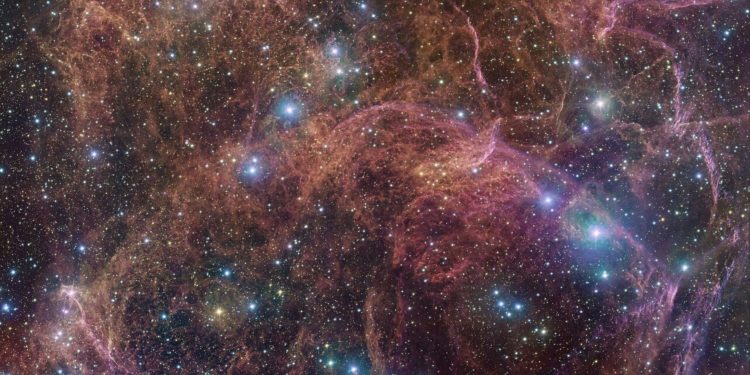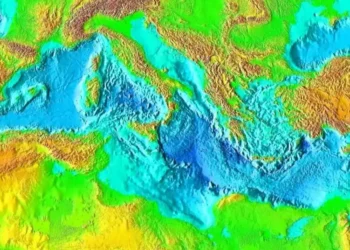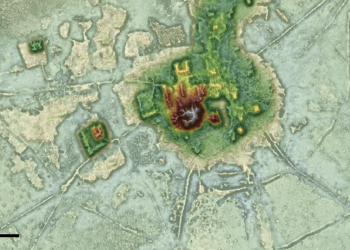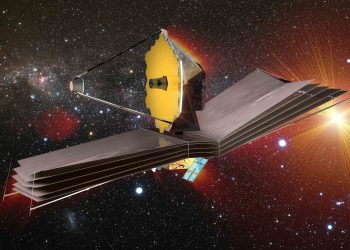Using the VLT Survey Telescope, scientists have captured the remains of a giant star. About 11,000 years ago, a massive star exploded in a powerful explosion. It left behind a faint pink and orange cloud structure. Whenever a massive star reaches the end of its life, it often goes out with a bang through an outburst known as a supernova. In addition, shock waves caused by these explosions compress the surrounding gas and create intricate thread-like structures. As can be seen in this image, the emitting energy causes the gaseous tendrils to shine brightly. The VLT is located at the European Southern Observatory’s Paranal headquarters in Chile,
554 million pixels
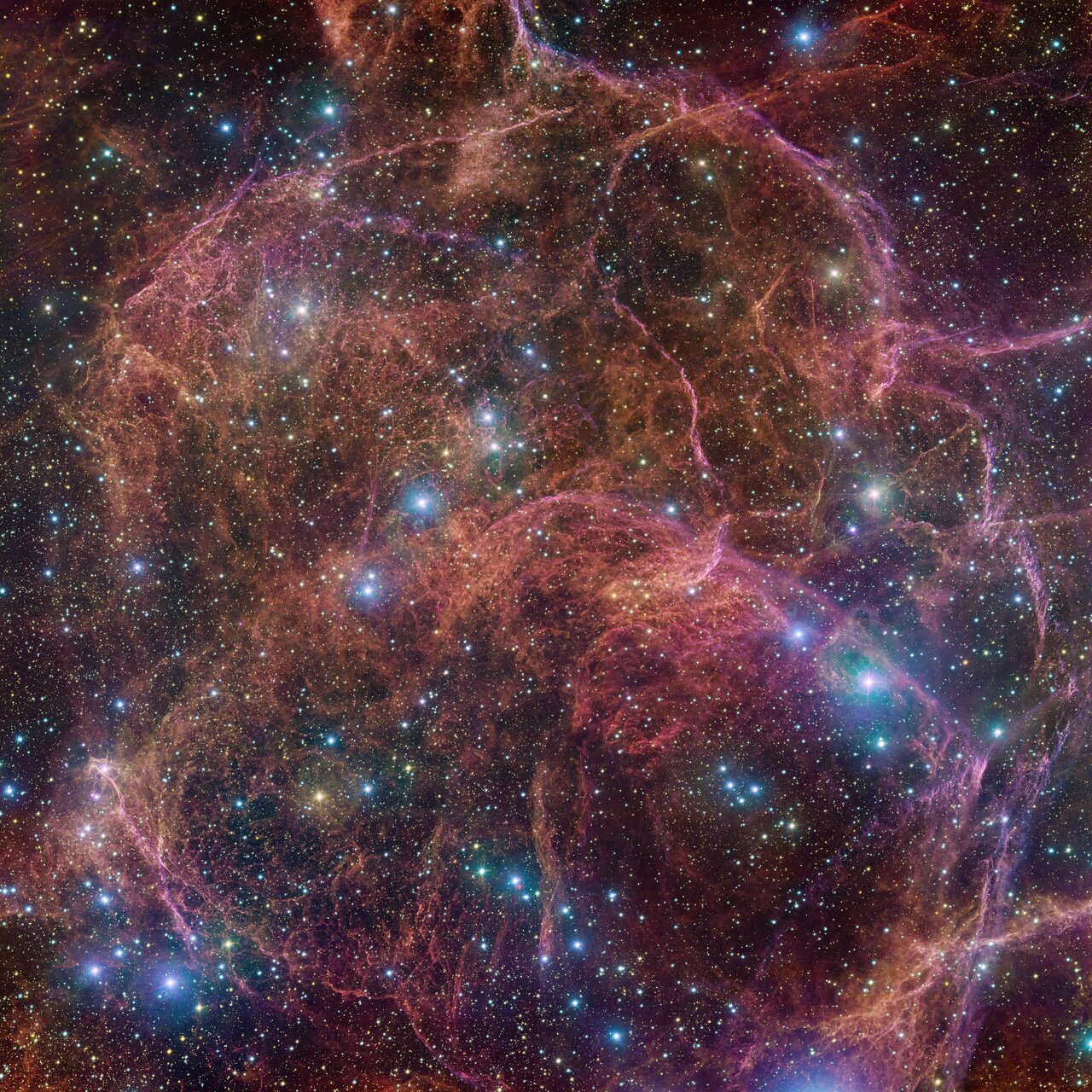
A 554-million-pixel image of the Vela supernova remnant, named after the southern constellation Vela (The Sails), gives us a very detailed view of the remnant for the first time. In this image, nine full Moons could fit, and the whole cloud is even larger. Also, it is one of the closest supernova remnants of all time. It is located at a distance of 800 light-years from Earth. This stunning filament was produced when the progenitor star exploded and ejected its outermost layers into the surrounding gas. As a result of the star’s demise, an ultra-dense ball remains. In it, protons and electrons are merged into neutrons. In astronomy, this is known as a neutron star. The neutron star in the Vela remnant, located just to the left of this image, is actually a pulsar, which spins more than ten times a second.
Survey of the Southern Galactic Plane and Bulge
In this image, wide-field observations were taken with OmegaCAM at the VLT Survey Telescope (VST) at ESO’s Paranal Observatory in Chile. With its 268 million pixels, the camera can take pictures through filters that let different colors of light through. A combination of magenta, blue, green, and red filters was used to capture this image of the Vela remnant. With its 2.6-meter mirror, the VST is one of the largest telescopes dedicated to surveying the night sky in visible light. It is owned by the Italian National Institute for Astrophysics, INAF. The image shown here is from the VST Photometric Hα Survey of the Southern Galactic Plane and Bulge (VPHAS+). Through this survey, astronomers have been able to map a considerable portion of our home galaxy, improving their understanding of star formation, evolution, and death.
Have something to add? Visit Curiosmos on Facebook. Join the discussion in our mobile Telegram group.



